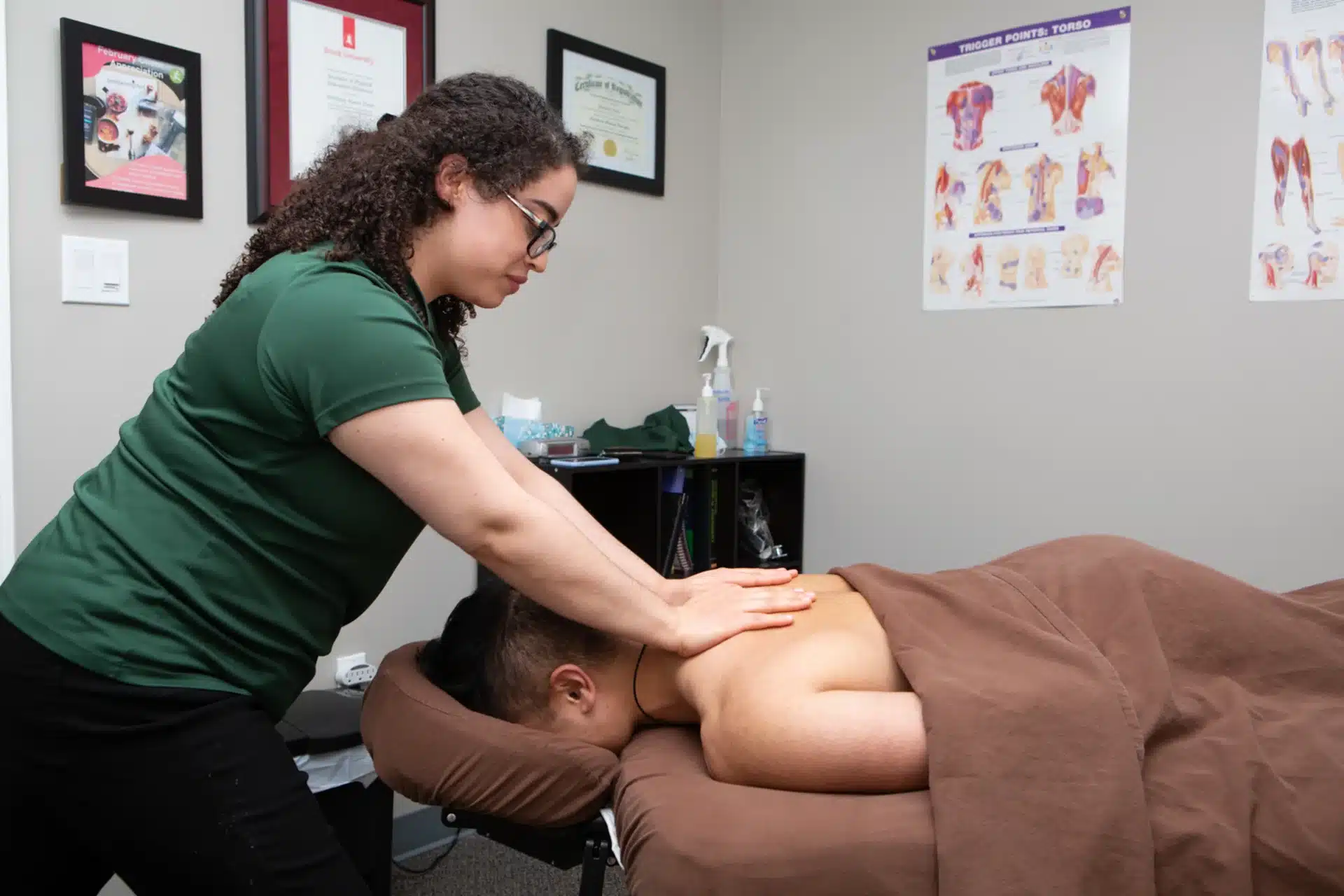Reflexology for Arthritis: Ease Joint Pain Naturally

Reflexology, an ancient healing technique that has actually stood the test of time, remains to captivate the minds and soles of people worldwide. This all natural therapy is based on the principle that certain points on the feet, ears, and hands represent various organs and systems within the body. By applying 秋葉原 to these points, specialists intend to advertise recovery, relieve stress and anxiety, and recover balance to the body.
The Origins of Reflexology
While the exact beginnings of reflexology are discussed, proof recommends that similar techniques have actually existed for countless years across different societies. Old Egyptian burial places show what shows up to be foot massages, while conventional Chinese medication has actually long identified the interconnectedness of various body components. The modern technique of reflexology, nonetheless, was created in the early 20th century by Dr. William Fitzgerald and later on refined by Eunice Ingham, commonly described as the “mother of reflexology.”
How Reflexology Works
The basic idea behind reflexology is that the body is divided right into 10 vertical areas, each representing different organs and body components. By using pressure to particular factors within these areas, reflexologists think they can impact the matching locations of the body. For example, the pointers of the toes are thought to correspond to the head, while the round of the foot is connected with the upper body and lung area.
Potential Benefits of Reflexology
Advocates of reflexology declare a wide variety of benefits, consisting of:
Stress and anxiety decrease and relaxation
Boosted flow
Boosted immune system feature
Discomfort relief, particularly for migraines and headaches
Enhanced rest quality
Reduction of digestion problems
While scientific research on reflexology is continuous, many individuals report substantial improvements in their overall health after getting therapies. It’s crucial to keep in mind that reflexology is generally considered a complementary treatment and must not change conventional treatment.
What to Expect During a Reflexology Session
A normal reflexology session lasts between 30 to 60 mins. The practitioner will normally begin by reviewing your health and wellness background and any kind of current worries. You’ll after that be asked to eliminate your footwear and socks and sit comfortably or relax. The reflexologist will begin by examining your feet prior to applying pressure to details factors. The stress can vary from mild to firm, depending upon your choice and the practitioner’s technique.
Self-Reflexology Techniques
While specialist sessions can be valuable, you can likewise exercise some standard reflexology strategies in the house. Right here are a couple of easy workouts to attempt:
Foot rolling: Roll a tennis sphere or specialized reflexology ball under your foot for a couple of mins every day.
Thumb strolling: Use your thumb to “walk” along the soles of your feet, applying pressure as you go.
Hand reflexology: Apply pressure to the center of your hand utilizing your thumb from the contrary hand.
Incorporating Reflexology into Your Wellness Routine
As with any brand-new health technique, it’s vital to come close to reflexology with an open mind and realistic expectations. While it may not be a cure-all, lots of locate that regular reflexology sessions or self-practice can be a beneficial addition to their overall wellness regimen. Whether you’re looking for anxiety relief, discomfort administration, or merely a moment of leisure, reflexology offers an unique method to supporting your mind and body.
Bear in mind, if you have any type of health and wellness issues or are expectant, it’s constantly best to speak with your doctor prior to starting any type of brand-new therapy, including reflexology. With its mild technique and potential for promoting general health, reflexology remains to be a prominent choice for those seeking a natural, all natural method to health and health.
While the specific origins of reflexology are discussed, proof suggests that similar methods have actually existed for thousands of years throughout numerous societies. The modern-day technique of reflexology, nevertheless, was developed in the early 20th century by Dr. William Fitzgerald and later improved by Eunice Ingham, typically referred to as the “mommy of reflexology.”
The essential concept behind reflexology is that the body is separated right into 10 vertical areas, each matching to different organs and body parts. As with any kind of new health method, it’s crucial to approach reflexology with an open mind and reasonable expectations. Whether you’re seeking anxiety alleviation, pain administration, or simply a minute of relaxation, reflexology provides a special method to nurturing your body and mind.